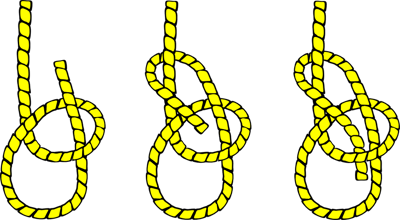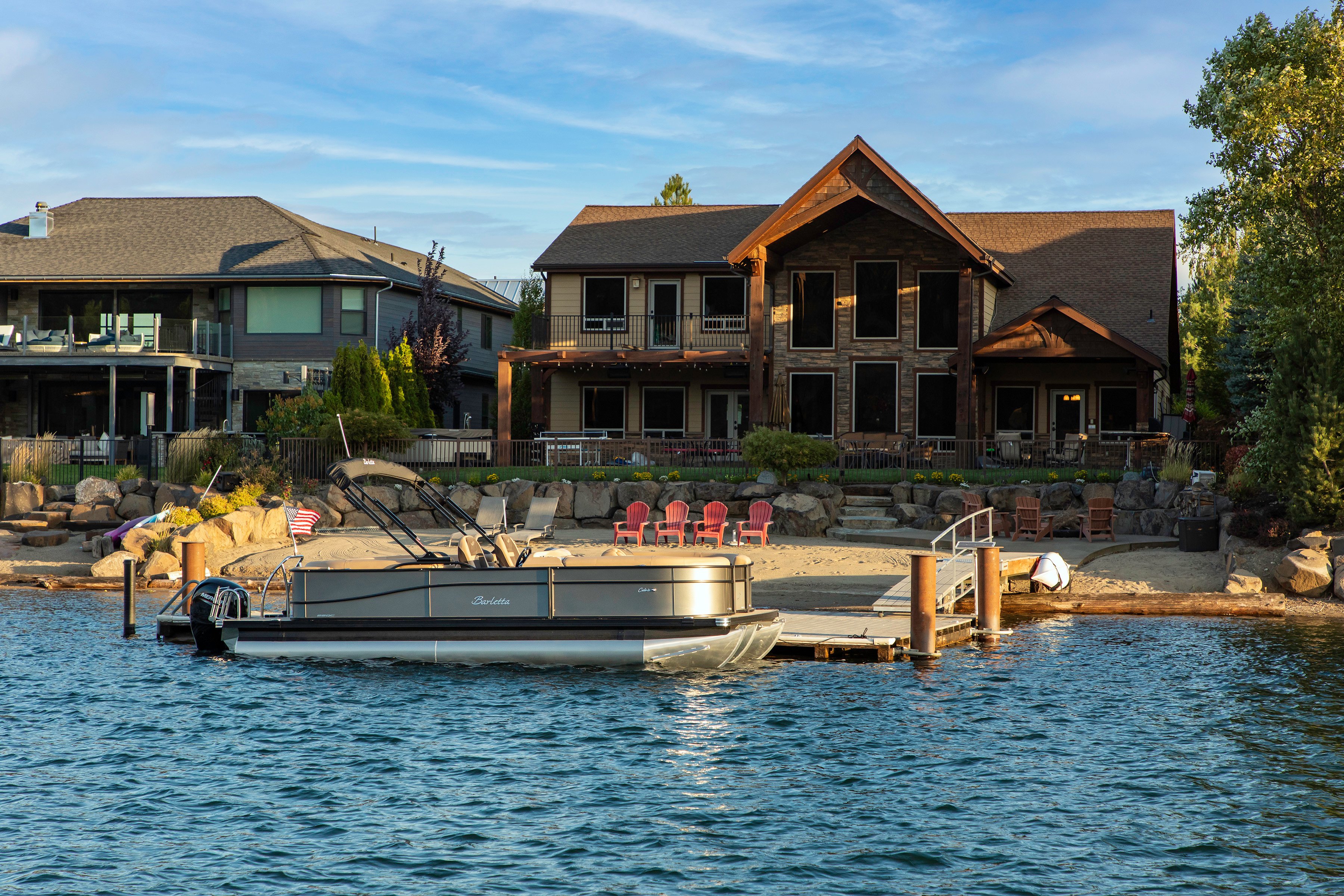Knot Basics: The Knots You Need to Know
If you’re new to boating, I’m sure you’re starting to realize how much of a learning curve it is. There is so much to learn about boating and how to ensure safety for you and everyone else on board the boat. Something that is a bit of an afterthought when jumping into the boating lifestyle is learning how to tie different nautical knots.
Now, recreational boaters don’t need to know a million different knots to successfully tie their boat up as a commercial ship captain would. Even so, knowing a few important knots would be very beneficial.
At some point or another, you will need to tie your boat when you park at the dock. There are several different ways to tie your boat up using dock lines. The purpose of this article is to show you the simple nautical knots that you should know as a recreational boater. These are the most beneficial knots that I use every time I go out on the water.
Knowing Your Knots
Knots are important for any captain to know about. Regardless of whether you are a recreational or commercial boater. You should have some understanding of how to tie your boat up with a dock line.
You should always have fenders on your boat whenever tying up to anything. These are meant to protect your boat from scratches and damage. It is extremely important to have these on whichever side of the boat you are tying to the dock.
Using fenders is equally important if you’re tying up to another boat. As both of the boats rock, they will bang into each other. Having the appropriate amount of fenders down the side of each boat will prevent them from damaging one another.
Nautical knots can help in many different situations. As a recreational boater, you’ll want to know how to tie your boat up to a pier or another boat. You’ll want to be able to trust that your knot will keep your boat from drifting away and possibly getting damaged.
Losing your boat off the pier is never a great thing. This is especially prevalent on a windy, choppy day. Learn how to tie the perfect nautical knot to ensure the safety of your boat no matter what it’s fastened to.
Tying a Boat Using a Cleat
At some point or another in your boating lifetime, you’re going to want to tie your boat up to a pier using a cleat. Most boats have cleats on them to make tying up easier. If you’re lucky, sometimes the piers have cleats on them as well.
Cleats make the process of tying a boat up much simpler, especially if you have the correct dock lines for your boat. Typically dock lines will have a loop on one end of them which allows for an easy cleat tie.
The loop end of the rope should be used on the boat. Sometimes boats don’t have cleats, but instead an eye-ring. This way you can send the loop through the eye ring and pull the rest of the rope through the loop, locking it on the ring.
The other end of the rope should be used on the cleat that’s fastened to the dock. Start by wrapping the rope around the cleat. Then figure 8 the ropes around the sides of the cleat to lock the rope in place. Repeat a figure 8 a few times until the rope is secure.
Using this knot, you shouldn’t have to worry about your boat going anywhere. It should be safe and securely tied to the dock this way.
(How to tie a boat using a cleat - Video)
Tying a Boat Up to a Post
Some piers don’t have cleats on them. Instead, they only have dock posts. Although cleats are easier and more convenient to use, tying a boat to a dock post is not difficult once you get the hang of it.
Start by having the looped end of the rope tied to the boat. Then, at the post, make a loop in the rope with your hand and slide it over the top of the post. Do this a few times to secure the rope in place.
This knot will keep your boat tied to dock posts with no problem. You’ll be able to keep your boat tied to your dock for however long you need to without any worries.
(How to tie a boat to a dock post - Video)
Tying a Bowline Loop
The other knot you will want to know as a recreational boater is a bowline loop. These are perfect if your dock line doesn’t have a loop in it already. You can make your loop with this knot.
You’ll want to make a small loop where you want the end of the loop to be on your rope. It can be as large or as small as you want it to be. Keep in mind, that the bigger the cleat, the bigger the loop you’ll need. You’ll then want to stick the end of the rope back through the small loop you made.
Another way to think about how to tie this knot is to think of the rope as a tree and a rabbit. First make the hole, a loop. Then, take the rabbit (end of the rope) out of the hole. Send the rabbit around the tree and back into the hole.
Then, all you need to do is loop the end of the rope around the main part of the rope and back through the small loop you originally made. That should secure the loop in place and have you set.

Practice Makes Perfect
Tying knots doesn’t normally come quickly to most people. Especially elaborate nautical knots. However, with some practice, they become much easier and quicker.
Practice tying these knots at home when there's nothing at stake if you incorrectly tie the knot. Once you’ve mastered it, then try those knots with the ropes on your boat. This will help you avoid accidentally tying the ropes incorrectly when it matters.
When it comes to anything boating, remember that practice makes perfect. Practice tying these knots enough and you’ll be an expert in no time. You’ll never have to worry about incorrectly tying your boat up ever again.
Knot Expert
If you don’t want to stop at only knowing these three basic knots, there are many more to learn. In the nautical world, there are a ton of different knots. All the knots are used for different purposes and serve specific functions. Even if you are only a recreational boater, learning the different nautical knots can be fun and useful in different situations.
You can continue to learn through resources that teach nautical knots and what they are used for. One great resource is a website called animatedknots.com. I recommend, if you’re new to boating, stick with the basics and perfect the tie-ups I recommend in this article. They will ensure that your boat stays securely fastened to the dock.



.png?width=700&name=LC%20(1).png)